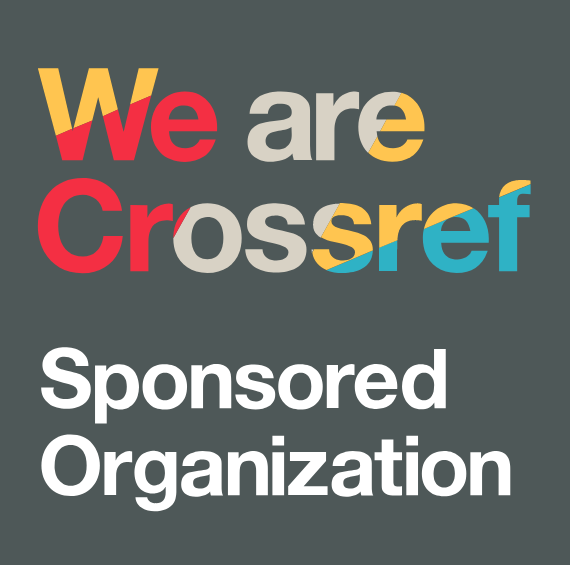Integrating Lean-Green Waste Reduction into Supply Chain Strategy: Evidence from the Indonesian Automotive Industry
DOI:
https://doi.org/10.38035/gijes.v3i2.553Keywords:
Lean and Green Management System (LGMS), Lean and Green Waste Reduction Technique (LGWRT), Lean and Green Business Result (LGBR)Abstract
The application of the Lean and Green Management System (LGMS) and Lean and Green Waste Reduction Technique (LGWRT) has become a focal point for companies aiming to enhance operational efficiency and environmental sustainability. This study examines the implementation of LGMS and LGWRT and their impact on Lean and Green Business Results (LGBR) in the Indonesian industrial sector. By integrating lean and green principles, LGMS assists companies in eliminating waste, minimizing resource usage, and reducing emissions. Simultaneously, LGWRT aims to decrease waste through environmentally friendly and efficient techniques, supporting productivity and cost reduction. Using a quantitative method based on survey data from manufacturing companies, the findings reveal that these approaches significantly improve green business outcomes, including enhanced energy efficiency, lower carbon emissions, and reduced operational costs. Additionally, LGMS and LGWRT enable companies to meet strict environmental regulations and improve their public image. The study concludes that the combination of LGMS and LGWRT positively impacts environmental performance and competitive advantage through improved profitability and process efficiency. These findings encourage more companies in Indonesia to adopt lean and green approaches for achieving optimal business sustainability.
References
Drew, J., McCullum, B., & Roggenhofer, S. (2004). Journey to lean: Making operational change stick. Virginia: Palgrave MacMillan.
Dües, C. M., Tan, K. H., & Lim, M. (2013). Green as the new lean: How to use lean practices as a catalyst to greening your supply chain. Journal of Cleaner Production, 40, 93–100. https://doi.org/10.1016/j.jclepro.2011.12.023
Gasperz, V., & Fontana, A. (2011). Lean six sigma for manufacturing and service industries. Jakarta: PT Gramedia Pustaka Utama.
Ghozali, I. (2006). Structural equation modeling: Metode alternatif dengan partial least square (PLS). Semarang: Badan Penerbit Universitas Diponegoro.
Haden, S. S. P., Oyler, J. D., & Humphreys, J. H. (2009). Historical, practical, and theoretical perspectives on green management: An exploratory analysis. Management Decision, 47(7), 1041–1055. https://doi.org/10.1108/00251740910978399
Hajmohammad, S., Vachon, S., Klassen, R. D., & Gavronski, I. (2013). Reprint of lean management and supply management: Their role in green practices and performance. Journal of Cleaner Production, 56, 86–93. https://doi.org/10.1016/j.jclepro.2013.03.005
Hasan, A. (2016). Green management system. Jurnal Media Wisata, 14(1).
Hobbs, D. P. (2003). Lean manufacturing implementation: A complete execution manual for any size manufacturer. Florida: J. Ross Publishing, Incorporated.
Jogiyanto, H. M., & Abdillah, W. (2009). Konsep dan aplikasi PLS (Partial Least Square) untuk penelitian empiris. Yogyakarta: BPFE.
Monecke, A., & Leisch, F. (2012). SEM-PLS: Structural equation modeling using partial least squares. Journal of Statistical Software, 48(1), 1–32. https://doi.org/10.18637/jss.v048.i03
Mwacharo, F. (2013). Challenges of lean management: Investigating the challenges and developing a recommendation for implementing lean management techniques.
Nurhayati, E. C. (2022). Green Management System. MAGNA: Journal of Economics, Management, and Business, 1(1), 8-12.
Sarwono, J., & Narimawati, U. (2015). Membuat skripsi, tesis, dan disertasi dengan SEM PLS. Yogyakarta: Andi.
Valamede, L. S., & Akkari, A. C. S. (2020). Lean 4.0: A new holistic approach for the integration of lean manufacturing tools and digital technologies. International Journal of Mathematical, Engineering and Management Sciences, 5(5), 851–868. https://doi.org/10.33889/IJMEMS.2020.5.5.066
Downloads
Published
How to Cite
Issue
Section
License
Copyright (c) 2025 Roma Wibero

This work is licensed under a Creative Commons Attribution 4.0 International License.
Copyright:
Authors who publish their manuscripts in this journal agree to the following conditions:
- Copyright in each article belongs to the author.
- The author acknowledges that Greenation International Journal of Engineering Science (GIJES) has the right to be the first to publish under a Creative Commons Attribution 4.0 International license (Attribution 4.0 International CC BY 4.0).
- Authors can submit articles separately, arrange the distribution of non-exclusive manuscripts that have been published in this journal to other versions (for example, sent to the author's institutional repository, publication in books, etc.), acknowledging that the manuscript has been published for the first time in GIJES.

























